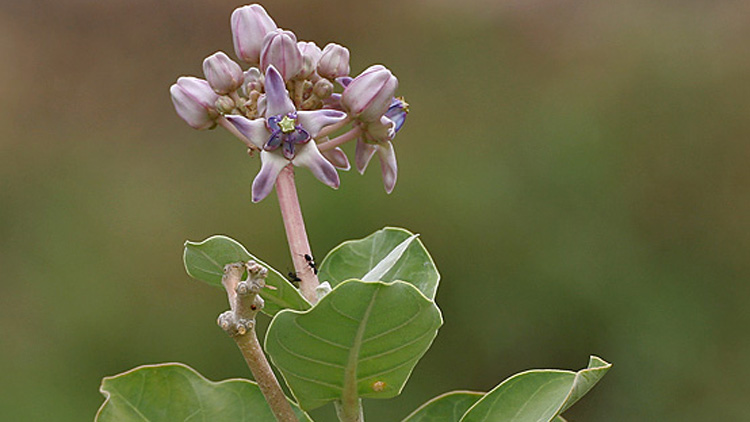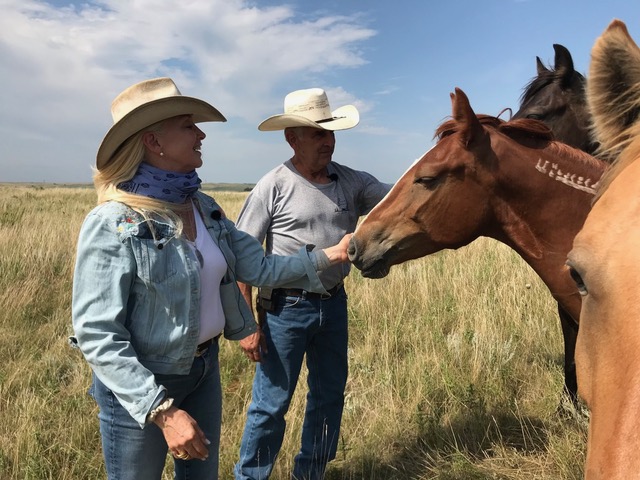Invasive plant species are taking over New York State’s native habitats from the Great Lakes to Long Island, and this week New Yorkers are fighting back one vine, one root, at a time.
July 6-12 marks the state’s first invasive species awareness week, highlighting actions the public can take at more than 100 events statewide to protect natural resources from the encroachment of aliens with names like garlic mustard, knotweed, mile-a-minute vine and swallow-wort. On LI, volunteers will be gathering at Caumsett State Park in Huntington at 10 a.m. Friday and 9 a.m. Saturday.
“We’re very concerned about swallow-wort,” Amy Mandelbaum, a Long Island Sound coordinator with New York Sea Grant at Stony Brook University, told the Press. “We don’t want a whole park full of invasive species.”
Caumsett State Park is beset by many invasive species, Mandelbaum said, but the focus this weekend is on uprooting swallow-wort, which can be found throughout the fields and the edges of the park’s woodlands.
Unchecked, this perennial plant creates tangled thickets that block light to our native species and herbaceous vines that can choke trees. It comes in two species—pale and black—depending on the color of their petite flowers, but the outcome is the same: swallow-wort takes over because it has no natural enemies here.
Deer won’t eat it, researchers have found, perhaps because it contains some toxic compounds such as glycosides. When Monarch butterflies lay their eggs on swallow-wort, which is very similar to milkweed, the larvae that hatch die within 24 to 48 hours. And researchers have begun to find that the plant may also modify the soil’s microbial community, making it more difficult for native plants to propagate.
Antonio DiTommaso, an associate professor of crop and soil sciences at Cornell University, has been studying swallow-wort for 15 years.
“Once they get established, they’re hard to control,” he said. “Are we going to eradicate these guys? No, it’s unlikely to happen unless something really special comes along.”
He said that in their native environments, the Iberian peninsula for the black swallow-wort and the Ukraine for the pale species, they have the opposite problem.
“You’d have a hard time finding them….They’re in balance and almost rare.”
Unfortunately, that’s not the case in America.
Long Islanders who don’t make it to the event at Caumsett Park can do their part in their own backyard, DiTommaso and Mandelbaum suggest.
“If you have a small patch, dig it up and try to get as much of the roots as possible,” said DiTommaso. “Put it in a garbage bag and either send it to the dump or, even better, let it fry in the sun. Certainly do not throw any of this in your compost pile because they will re-root!”
He also said that this time of year swallow-wort has already formed its seed pods.
“At the very least, chop the pods off,” the biologist warned. “At least, you’ll minimize the seed production.”
To view the other NY Invasive Species Week events in Long Island, visit their website and click on Long Island Invasive Species Management Area (LIISMA).
For more information on what homeowners can do to keep their backyards free of invasive plants, visit their website and scroll down to “Alternative Landscaping/Native Plants.”
And to obtain desirable Long Island native plants, such as purple coneflower and black-eyed Susan, people can ask for them at the local nursery or a big box store. Or get them directly from the Long Island Native Plant Initiative, Inc. website.































